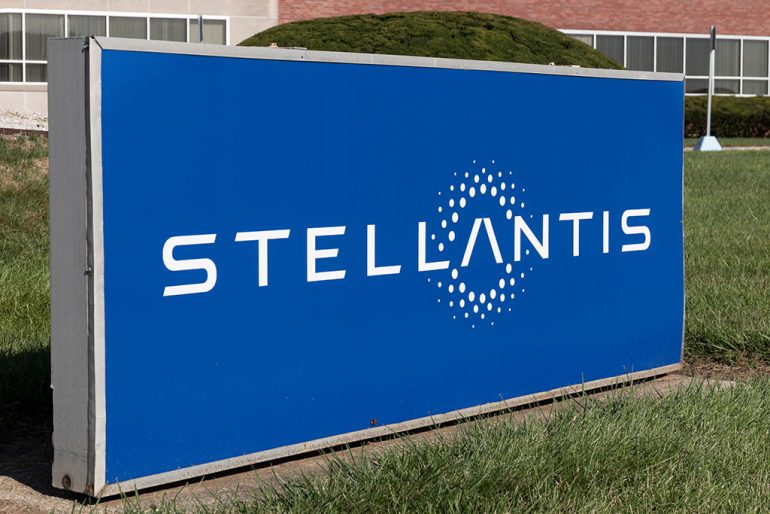
Stellantis, the automaker known for brands like Chrysler, RAM, Jeep, and Dodge, has recently made a substantial commitment to California’s Controlled Thermal Resources. This move involves an investment exceeding $100 million, signaling Stellantis’ growing interest in the direct lithium extraction (DLE) sector. This strategic maneuver aligns with the broader global effort to secure fresh sources of lithium, a crucial material for electric vehicle (EV) batteries.
As the world experiences a shift towards green energy and sustainability, coupled with the U.S. Inflation Reduction Act, concerns have arisen regarding the potential scarcity of lithium and other essential materials due to surging demand projections.
DLE techniques come in various forms, all aimed at mechanically extracting lithium from saline brine deposits. This approach stands as an alternative to environmentally taxing methods like open-pit mining or the creation of expansive evaporation ponds.
Stellantis, in its commitment to having half of its vehicle lineup electric by 2030, has further bolstered its partnership with Controlled Thermal. The automaker has agreed to substantially increase its lithium procurement from the company. This elevated order, now set at 65,000 metric tons per year for a minimum of a decade starting from 2027, reflects Stellantis’ dedication to sustainable practices.
Controlled Thermal, led by CEO Rod Colwell, is pursuing an ambitious project involving the separation of lithium from geothermal brines situated beneath California’s Salton Sea. The process entails harnessing steam from these brines to generate electricity through turbines. This renewable energy is anticipated to significantly reduce carbon emissions typically associated with lithium production.
Unlike its competitor Berkshire Hathaway, Controlled Thermal has devised a method to manage the issue of excessive silica concentrations in the brine. Silica can crystallize into glass-like structures, obstructing crucial pipelines. The company has invested $65 million in equipment designed to eliminate silica and other unwanted metals. This is followed by the utilization of DLE equipment licensed from Koch Industries for the actual extraction of lithium.
Carlos Tavares, Stellantis’ CEO, acknowledges the partnership with Controlled Thermal as a pivotal step towards environmentally conscious mobility solutions. While both entities have chosen not to disclose the exact investment figures, the collaboration is undoubtedly significant.
Controlled Thermal has ambitious plans in motion. The company aims to secure final permits by October and initiate the construction of a commercial lithium extraction plant shortly thereafter. In their quest for additional financial support, Controlled Thermal has enlisted the expertise of Goldman Sachs to navigate debt and equity financing.
Controlled Thermal was also set to supply lithium to General Motors (GM) by 2024. However, due to logistical considerations, this timeline has been extended to 2025. GM remains confident in its material supply, especially as it strives to manufacture 1 million electric vehicles by 2025.
Stellantis’ involvement in Controlled Thermal aligns with its broader investment strategy. The automaker has also invested in Vulcan Energy Resources, a company undertaking a DLE project in Germany. As the global race for sustainable mobility and energy intensifies, partnerships like these underscore the commitment of industry players to secure the resources essential for an electrified future.

Lloyd Tobias is a seasoned automotive journalist and passionate enthusiast with over 15 years of experience immersed in the world of cars. Whether it’s exploring the latest advancements in automotive technology or keeping a close pulse on breaking industry news, Lloyd brings a sharp perspective and a deep appreciation for all things automotive. His writing blends technical insight with real-world enthusiasm, making his contributions both informative and engaging for readers who share his love for the drive. When he’s not behind the keyboard or under the hood, Lloyd enjoys test driving the newest models and staying ahead of the curve in an ever-evolving automotive landscape.